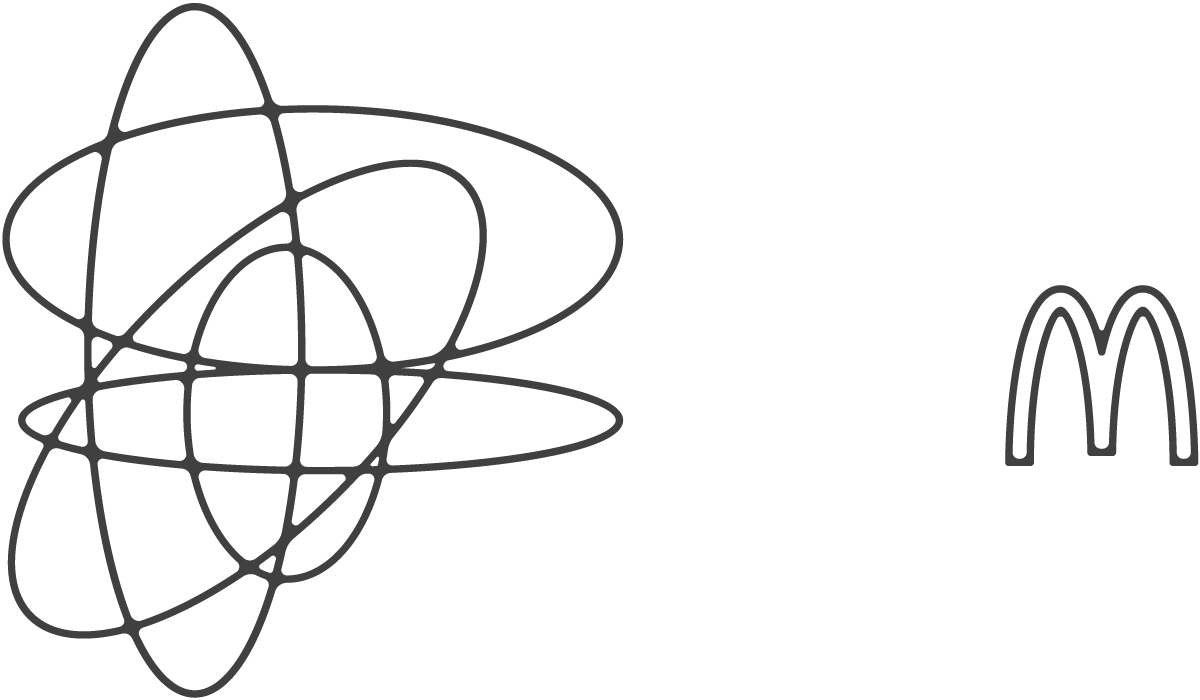Did you know that your brain processes images 60,000x faster than text? This is why graphs and visual icons are so powerful. Actually, the way your brain is wired, 90% of information transmitted to the brain is visual.
Proven facts like this should make businesses take note. This is not only scientifically proven through the neurological wiring of our brain but also in behavioral sciences as well. The importance of images becomes evident when we think of signage in airports, packaging of our favorite brand products, or even icons on your phone. From specific colors to visual elements and textures, our brain processes these far faster than text ever could.
Brand image is how a business can directly benefit from this amazing science. Logos are an obvious tactic that can strategically make use of the processing within the brain. Beyond just the power of first impressions, a great brand image can increase the memorability of your brand. Let’s look at the classic brand example of Apple.
Apple Brand Image:
A simple enough name that juxtaposes the complex technological industry it resides in and helps make the products less intimidating to buyers. The brand image becomes powerful when it takes a simple and familiar word then consolidates it into the quickly recognizable icon of an apple. The brand image then creates a nice twist that makes it unique and more recognizable by having a bite out of the apple giving us the beautiful logo we all know() – this bite sets it apart, creates curiosity, and adds visual interest.
Visually the Apple logo also makes use of mathematical beauty that is found in nature with the 1.618 ratio – The Golden Ratio. This in theory creates a more pleasing image that the eye will spend more time looking at. Seems like an unnecessary detail, but it is what makes the difference and fully leverages the image processing power of the brain. This balance of art and science within design is how brand image can drive huge results for a business.
Matters of Brand Image
Now what does this mean for your business? You may not be Apple or some other massive brand, but that doesn’t mean you can’t apply this science to your business and benefit from it.
Your brand image can add immense value to your business as well as make advertising and marketing much more effective. When we think of a brand’s image, the first thing that comes to mind is the logo. Beyond this central piece of a brand’s image we can think of other identifying parts of the brand. Marketing materials like printed goods, advertisements like a billboard or digital ad, packaging for your product, or even a storefront and how it makes someone feel when they experience it. These are all elements of a complete brand identity system that construct the image in the mind of your audience.
This “image” in their mind matters because it’s the visual collection of your business. It is what gets “boilled down” to because the brain’s visual system is the path of least resistance for its processing and memory. This is why when you “remember” an event you create the memory visually in your mind. Actually most of these memories are recalled in a third person perspective. So as the brain reconstructs a memory through a recall it is best to have your visual elements be as memorable as possible.
A Memorable Brand
Contrary to belief, our memories don’t work like a computer memory. We don’t “save” memories then pull them up to their precise state like a file or photo on a computer. Actually your brain recreates the memory based on recall. This is why memories can be altered and not a reliable source of information. Since our brains are highly visual, this means our brands need to be as memorable as possible. If memory is to be recalled and recreated, then how can we assist our brand image to be recreated as accurately as possible? This is accomplished through design in the brand’s image by helping the brain consolidate the image to the simplistic form. Think of brand logos you can remember. Nike, Starbucks, Apple, Target, McDonalds, Pepsi, etc — all very simple logos that are designed in a minimalistic approach so the recall of their brand is easier for your brain making it more accurate.

As you can tell there is much more ease to recalling the minimalistic designs as they are consolidated for us. From hieroglyphics to emojis and app icons, the brain likes consolidated images because they take up less bandwidth in our efforts to register it and understand. From an evolutionary biology perspective, this is because it ultimately takes less calories for us to process which makes it more desirable. This is why reading takes so much effort compared to watching Netflix. Images are easy.
Brand image can be accomplished in several ways depending on what you’re wanting to achieve for your business. Sometimes making your image complex makes sense. Think of the Jack Daniel’s iconic label or even a more complex logo like Hermes — the cognitive load to remember the subtle details of each of these is too much. Your brain can’t recall it precisely but… it can remember the gist of it. Now, this doesn’t mean to go completely complex or overly minimalistic, but there are deliberate measures you can take to leverage the math and science for the betterment of your brand.
The image of your brand is all about strategic decisions. Just as the brain will process the visual image at lightning speed, all the more important it is to ensure the image you are putting before them is prudent, clever, and working towards your objective as a business.

